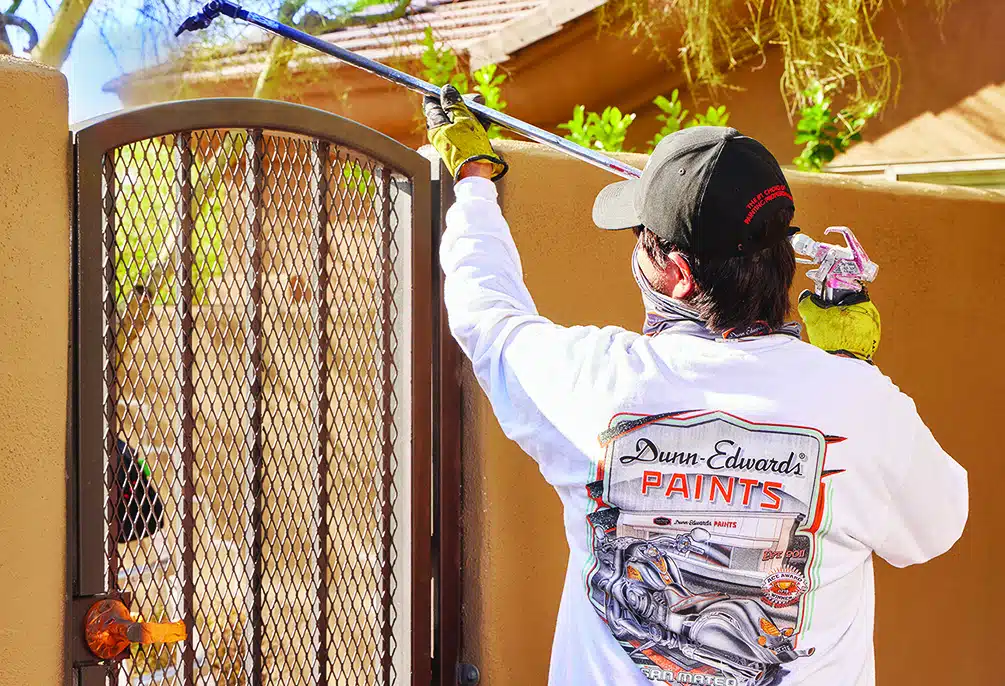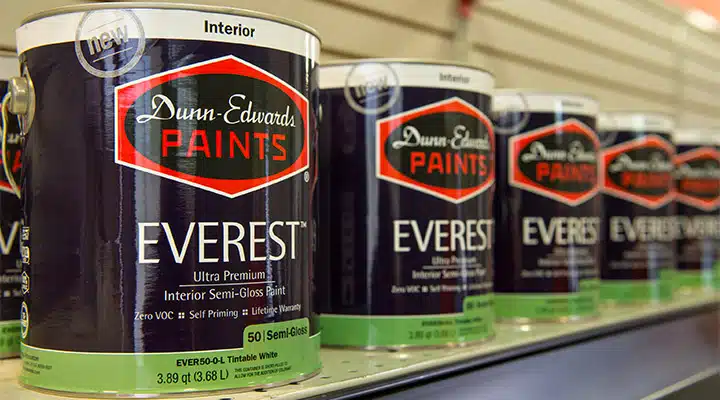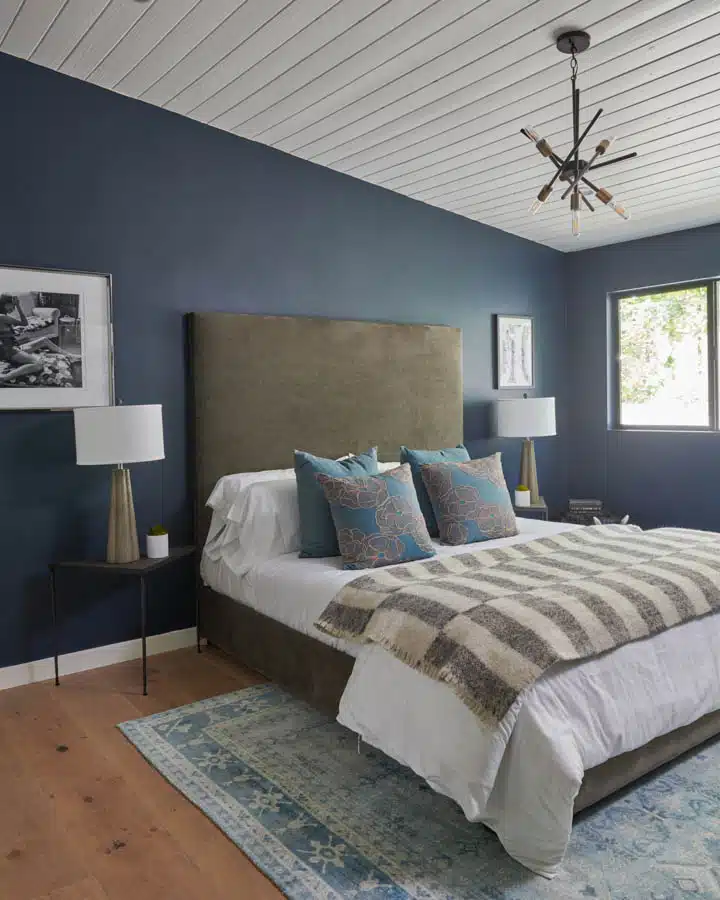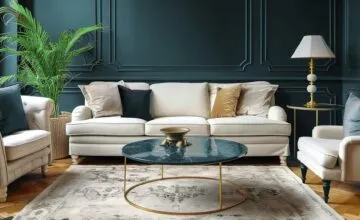Climate + Color: Can Paint, Architecture and Design Reverse Climate Change?
03/05/2020 | specs+spaces staff |
When it comes to products and services, phrases like “environmentally-friendly” and “sustainable” have been knocking at our collective consumer consciousness for years but, perhaps today more than ever, companies and governments are embracing these values as guiding principles in their work. California municipalities of Beverly Hills, Los Angeles and Long Beach, for example, have all banned single-use plastic bags, and eco-conscious companies are doubling down on reusing and recycling more materials in their production line.
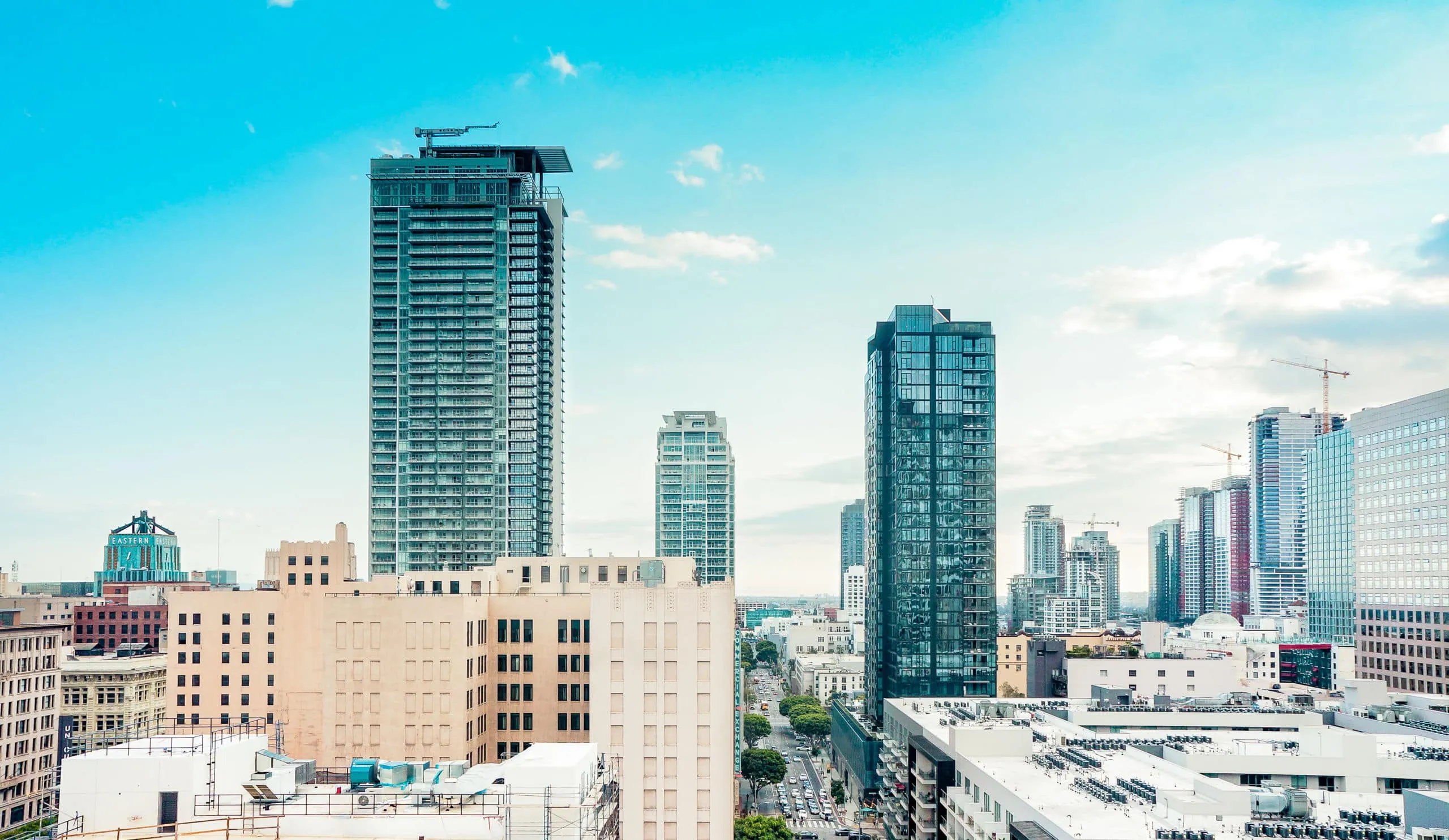
In the U.S., buildings emit nearly half of the carbon dioxide. Photo credit: MARNI EPSTEIN-MERVIS
Is Climate Change A Design Problem?
Climate change is an issue of every industry — and no doubt — it is a problem the design industry must face, as well. Architects, developers, material makers and designers are reshaping their practices to reduce waste and encourage more energy-efficient living. These topics were just a few discussed at the recent 2°C Symposium on Climate Change organized by the Los Angeles Chapter of The American Institute of Architects (AIA). The symposium gathered architects, urban planners and government officials to discuss the exciting ways in which design can play a part in building more efficient and equitable housing and transportation systems in the age of Los Angeles’ Green New Deal.
Why does design play such a large role in the conversation around climate change? Because, in the U.S. buildings, consume 40 percent of the energy, annually, and also emit nearly half of the carbon dioxide in the country, according to Architect Magazine.
How Are Designers Designing For Climate Change?
Sustainable design and construction are not just priorities on the West Coast, however. In an interview with Architectural Digest Stephanie Horowitz, managing director of ZeroEnergy Design in Boston, discusses the need to design significantly beyond any designated building code in order to affect change. Also in Boston, another design studio — Generate — will build a new apartment development using cross-laminated timber (CLT), replacing the more energy-intensive concrete and steel in the construction process, Dezeen reports. The five-story complex, which is intended to meet Passivhaus standards for maximum energy efficiency, will also store carbon dioxide emissions, because CLT captures carbon dioxide from the environs and holds it in its cellular fiber, says a Generate representative. Similarly, Swedish-based architecture studio White Arkitekter announced in early 2020 its goal to create entirely carbon neutral designs by 2030. "We know that the materials used for products and for buildings are the major cause of carbon emissions," said White Arkitekter CEO Alexandra Hagen at a panel at the Dezeen Awards 2020.
Leading The Charge In “Green” Paint Technology
As a leading commercial and residential paint manufacturer, Dunn-Edwards Paints also challenges itself to share in the design and construction world’s shift to more earth-friendly practices and products.
Not only has Dunn-Edwards Paints been awarded LEED Gold Certification by the U.S. Green Building Council but Green Builder Media calls Dunn-Edwards a company that embodies the green value equation trilogy of indoor air quality (IAQ), building and design excellence, and quality.
Dunn-Edwards Paints’ Director of Environmental Affairs Robert Wendoll, explains, “As far as our products are concerned, it is the combination of high-quality performance and real dedication to reducing or eliminating the hazards of products.” That means our paint formulations do not include (among other things) asbestos, benzene, cadmium and chromium pigments, chlorinated solvents, dioxin, ethylene glycol, formaldehyde,
lead, mercury, methylene chloride, or phthalates.
Photo Credit: BETHANY NAUERT PHOTOGRAPHY
We tackle environmental sustainability practices in three ways: crafting quality paint, thereby reducing the consumer’s need for the product; creating low and zero VOC (volatile organic compounds) paint formulas; and in cutting waste in our supply chain. “With the introduction of new raw materials and coatings technologies we now have our best-performing interior paint, Everest, which also happens to be Zero VOC. It has excellent application performance and long-term durability characteristics,” Wendoll said. Durability and quality matters because the longer a paint application lasts, the need to re-manufacture and re-apply more paint is decreased.
But we didn’t just stop at our paints; we also streamlined supply chain practices, recycle metal containers and repair and reuse wooden pallets to cut waste. Today, Dunn-Edwards recycles more than 95 percent of its waste stream and seeks to keep pushing the ability to recycle and reuse more.
If you need help in deciding whether the Everest line of paint is right for your next project, read more about it here.
Featured Articles
-
 Announcing the Color of the Century - Viridian Odyssey (DE1925)
Announcing the Color of the Century - Viridian Odyssey (DE1925)
-
 Best Oranges for the Perfect Summer Beach Cottage
Best Oranges for the Perfect Summer Beach Cottage
-
 Get Ready for Fall with These Trendy Color + Design Moods
Get Ready for Fall with These Trendy Color + Design Moods
-
 Try These Color Palettes To Nail A Tomato Girl Summer At Home
Try These Color Palettes To Nail A Tomato Girl Summer At Home
-
 Embracing Barbiecore: Popular Pinks Throughout The Ages
Embracing Barbiecore: Popular Pinks Throughout The Ages
-
The Color Yellow: Essential Color Theory, Symbolism and Design Application






